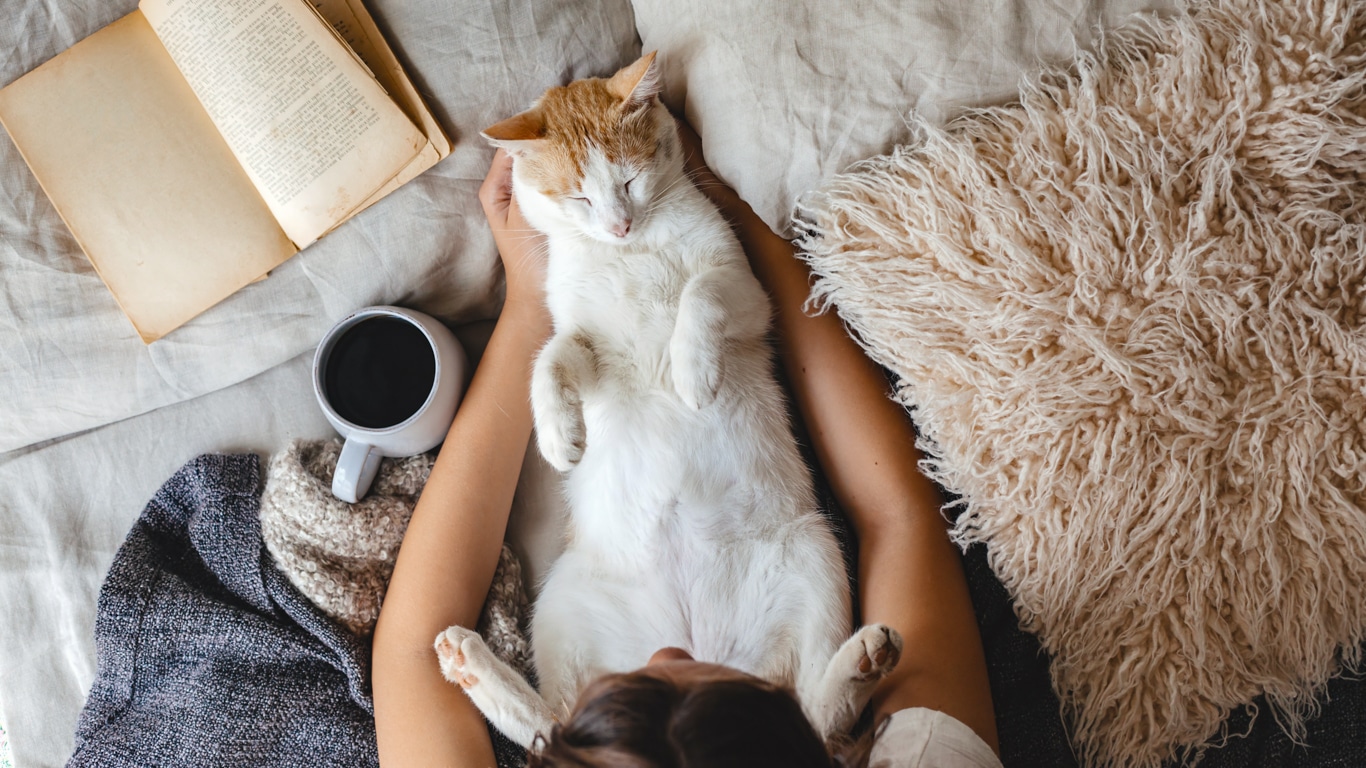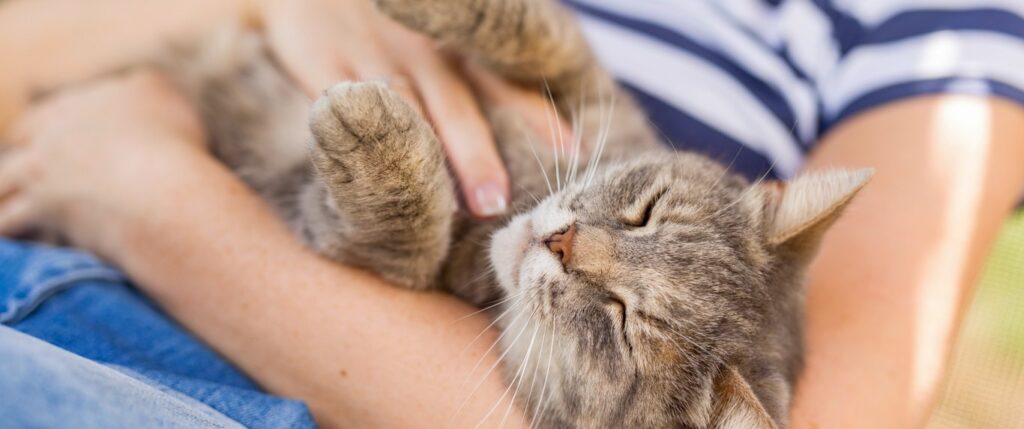Cats and dogs are the most popular pets in the world, yet the two are completely different in terms of their interactions with us. Unlike their loyal and sociable canine counterparts, cats have a reputation for being aloof, detached and untamed. But new research shows that they might be more attuned to humans than previously anticipated.
DNA analysis suggests that cats lived for thousands of years alongside humans before they were domesticated. They likely began lingering around farming communities in the Fertile Crescent, a region in the Middle East, around 8,000 years ago. Here, they settled into a mutually beneficial relationship as humans’ rodent patrol. “This is probably how the first encounter between humans and cats occurred,” says Claudio Ottoni, co-author of a study published in Nature Ecology & Evolution. “It’s not that humans took some cats and put them inside cages,” he says. Instead, people allowed cats to domesticate themselves.
Despite cats having lived among us for millennia, it is unclear whether this has managed to tame them in any way. The case may be that cats are simply misunderstood. They express themselves far more subtly than dogs do, which makes it difficult to interpret their actions and gestures. Recent experiments indicate that cats are more socially adept and attuned to familiar humans than we realize. These studies even suggest that cats value us.

Scientists have found that both cats and dogs develop strong bonds with their owners. As demonstrated by a groundbreaking experiment, cats do depend on their owners for emotional well-being. Cats were placed in a room for two minutes with their caregiver, followed by two minutes alone. Owners were then reintroduced for another two minutes to observe the cats’ behavior. When their owners returned, about 65% of the cats exhibited signs of being less stressed and balanced their attention between the person and their environment, indicating a “secure attachment.” The minority displayed avoidance, with “insecure attachment” indicators such as twitching their tail and licking their lips.
“Cats that are insecure can be likely to run and hide or seem to act aloof,” says Dr Kristyn Vitale, the research lead at Oregon State University. “There’s long been a biased way of thinking that all cats behave this way, but the majority of cats use their owner as a source of security.”

